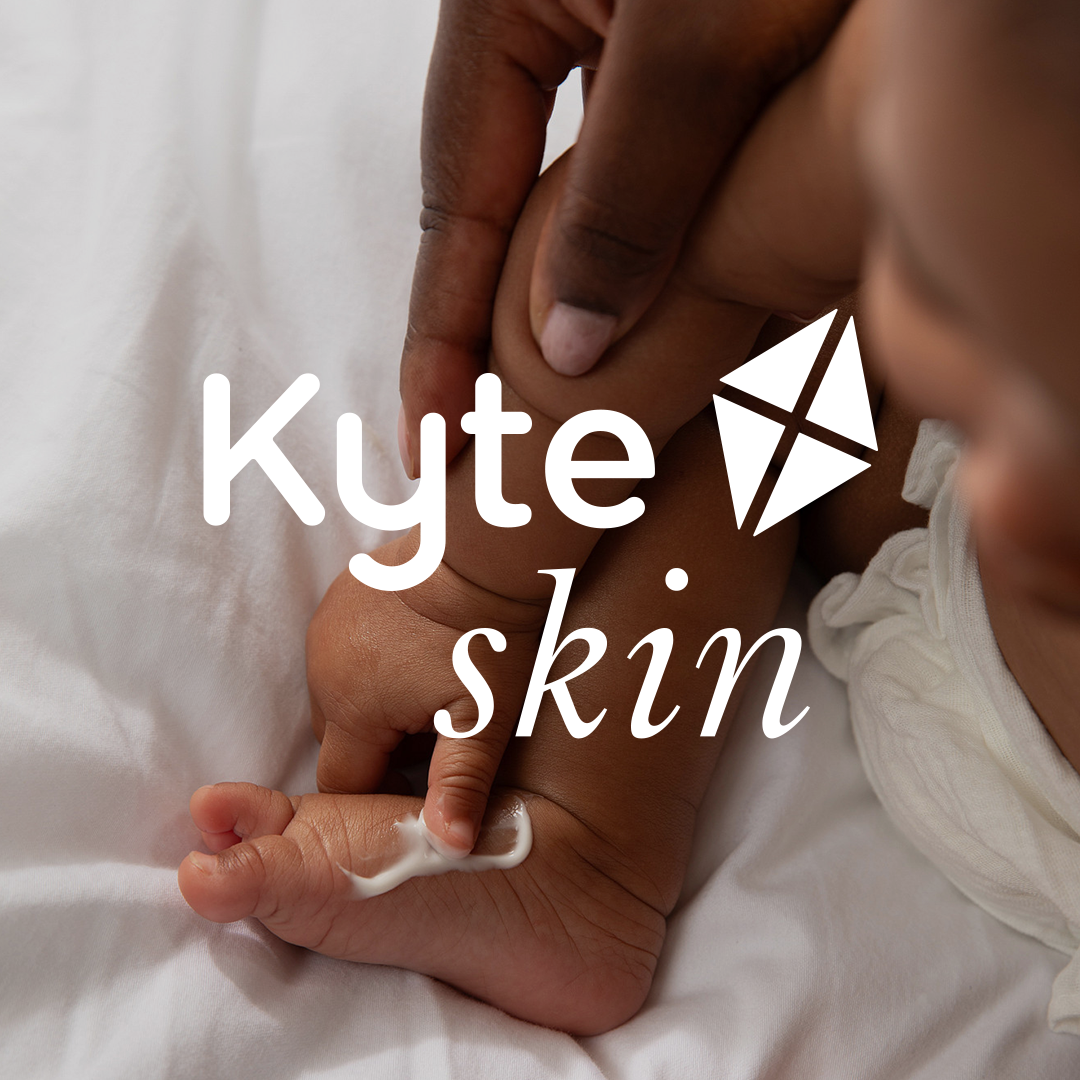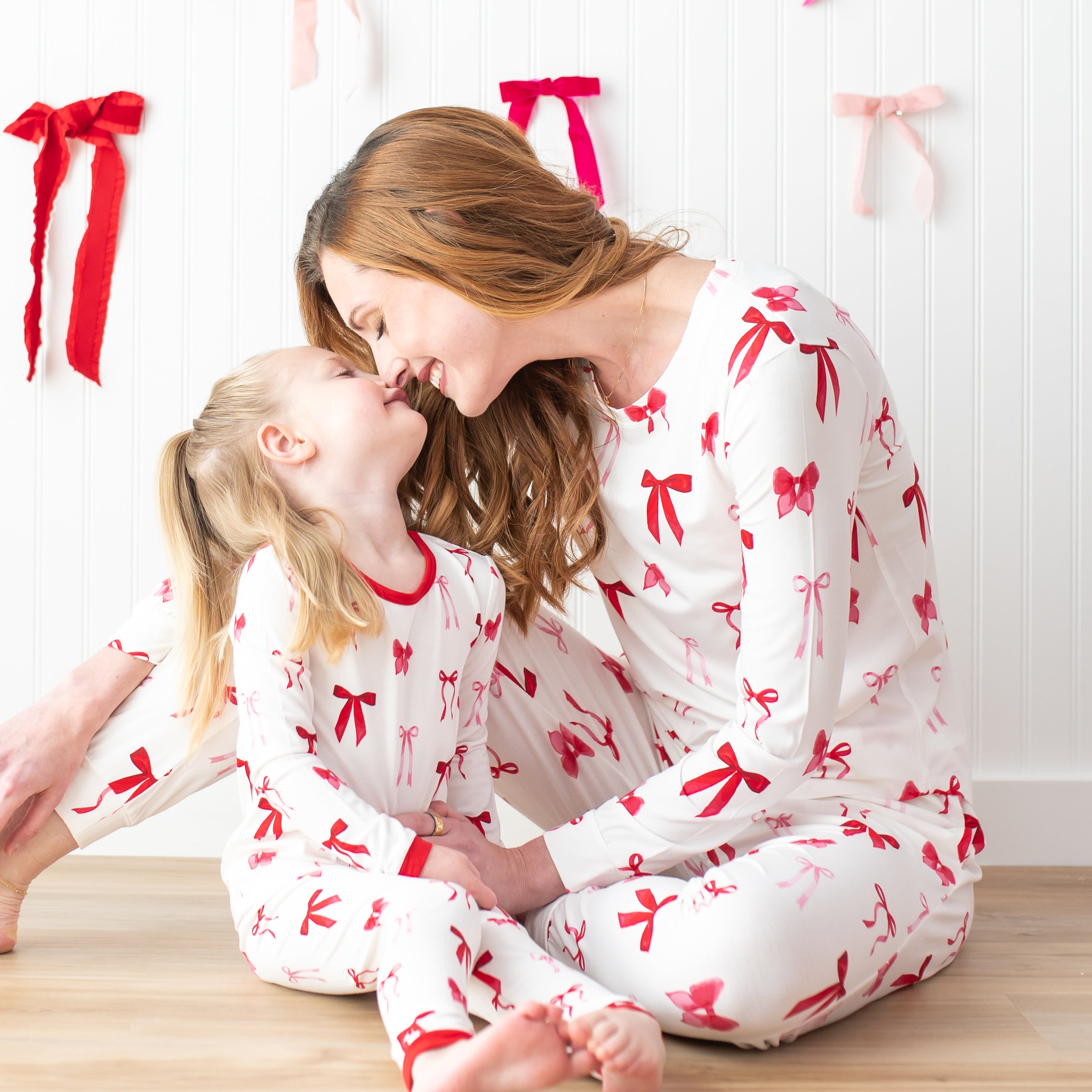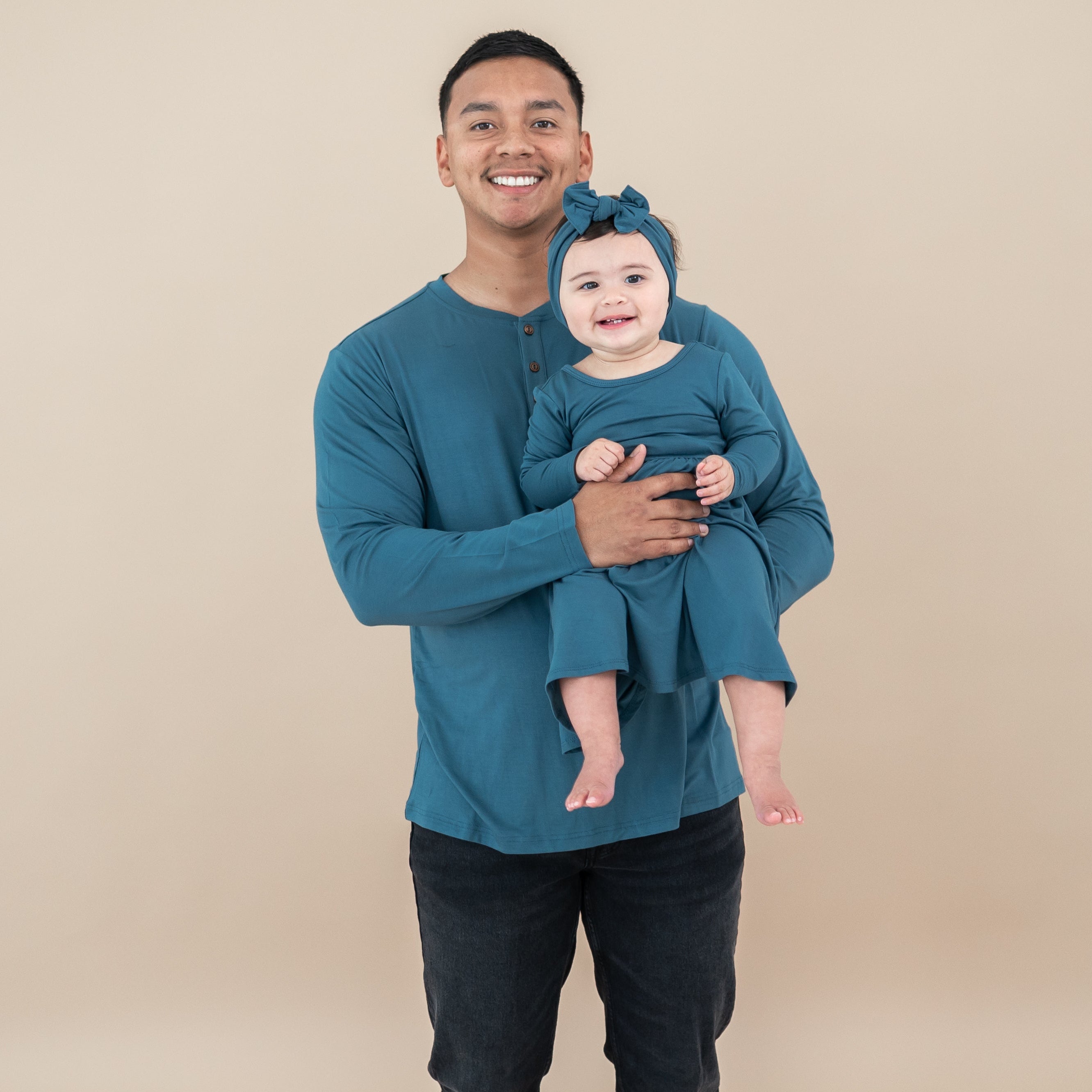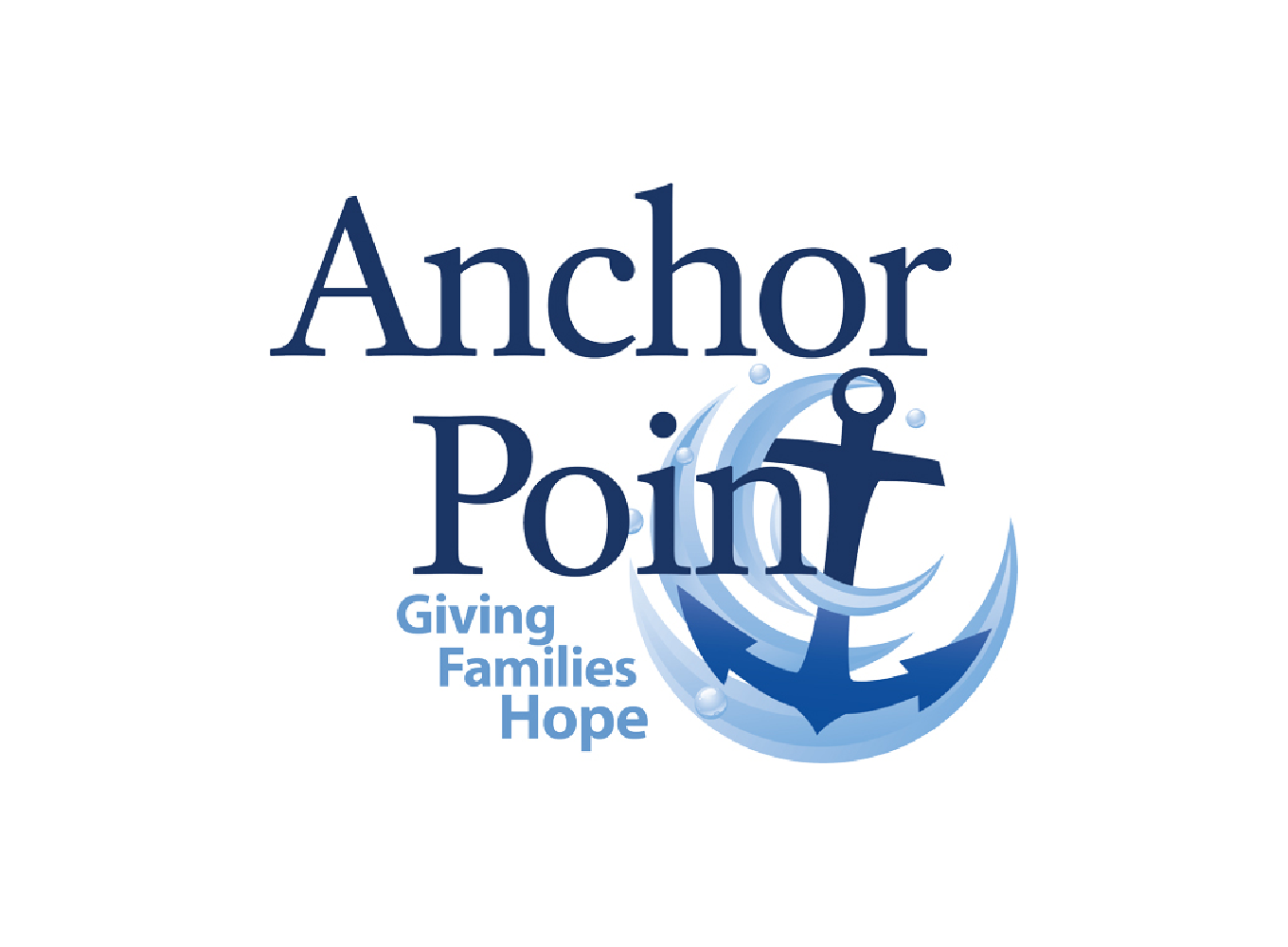If you’re someone who cares about what’s in the products you use, you’re far from alone. People are becoming increasingly aware of how their products are made, and studies have shown that most consumers care about the safety of the products they use. Not only are these concerns completely valid, considering the adverse effects that some chemicals and metals are found to have on human health and the environment, but they’re even more serious when considering the vulnerability of the youngest members of our population: babies and children.
The Struggle to Avoid Toxic Materials for Kids
As parents, we do what we can to protect our kids, but not all hazards are as easily avoided as a hot stove. Frightening terms like “forever chemicals” and “heavy metals” make the already-daunting task of keeping our little ones safe even more complicated because of the invisible prevalence of these toxins. In a world where most of us truly have no idea what is in the products that we use every single day, the existence of third-party certifications, like OEKO-TEX®, is one of the only ways that we can be sure that a product is actually safe for use.
What is OEKO-TEX® Certification?
Established in 1992, the International OEKO-TEX® Association operates in over 40 countries, testing companies’ products against stringent criteria to make sure that they are safe for humans and the environment. The association has various certifications and standards, including OEKO-TEX® STANDARD 100, which has become the world’s best-known label for textile safety. Products certified with a STANDARD 100 label guarantees that OEKO-TEX® has rigorously tested every component of the product, from the fabric to the thread and accessories (including buttons, zippers, and coatings), against a list of up to 350 toxic chemicals that have been found to be harmful to human health. For people who want to shop responsibly, but don’t know how exactly to do that, labels like OEKO-TEX® give them a way to know that a product can be trusted.
Kyte Baby's Safety Standards
At Kyte Baby, health and safety are our biggest priorities, not only because we care about the quality of our products, but because our own children–and yours–are the ones who wear them. Our products' OEKO-TEX® STANDARD 100 certification means that they have passed tests conducted by independent test institutes, whose criteria is globally standardized and regularly updated based on new scientific information or statutory requirements.
Yearly OEKO-TEX® Testing
To ensure the consistent high quality of our products, we are tested and certified every single year by OEKO-TEX®. This yearly testing is a step we consider extremely necessary to maintain our community’s trust in our products and to guarantee the quality of our products continue to meet the highest standards.
Zinc and Aluminum Zippers
Our zippers and our zipper heads are made from zinc and aluminum, while our snaps are made from zinc and copper. Not only do our products meet safety standards set by OEKO-TEX®, but they also meet those set by the Consumer Product Safety Commission (CPSC), which is an independent federal regulatory agency whose mission is to protect the public against injury or death from consumer products.
Rigorous Lead Testing
One of the important concerns about product safety is the lead content in products used by children. Both OEKO-TEX® and the CPSC have a limit value of 90 parts per million (ppm) (0.009%) for total lead content. Third-party testing showed that in case #5 (zipper head metal without coating), lead tested at 34ppm (part per million/ .0034%), which is far below the US standard of 100-90ppm. In cases 1,2,3,4,6&7 (fabric, zipper head coating, and other parts), lead was not detected. This product passed and exceeded all required standards set for by the CPSA under the US government.
Although lead is a naturally occurring element found in the earth’s crust, it is a cumulative toxicant that is harmful to animals and humans, and especially young children. It can be found in the air we breathe, the soil we grow our food, the water we drink, and even inside our homes. Thanks to federal and state regulatory standards, the amount of lead we are exposed to has been greatly reduced.
Although the term “lead-safe” refers to products that might show trace amounts of lead (but whose values still fall under the safety limits), companies can still use the term “lead-free” under those exact same circumstances. At Kyte Baby, we will continue to pursue and maintain the highest standards in product safety for our soft, breathable bamboo apparel.
























